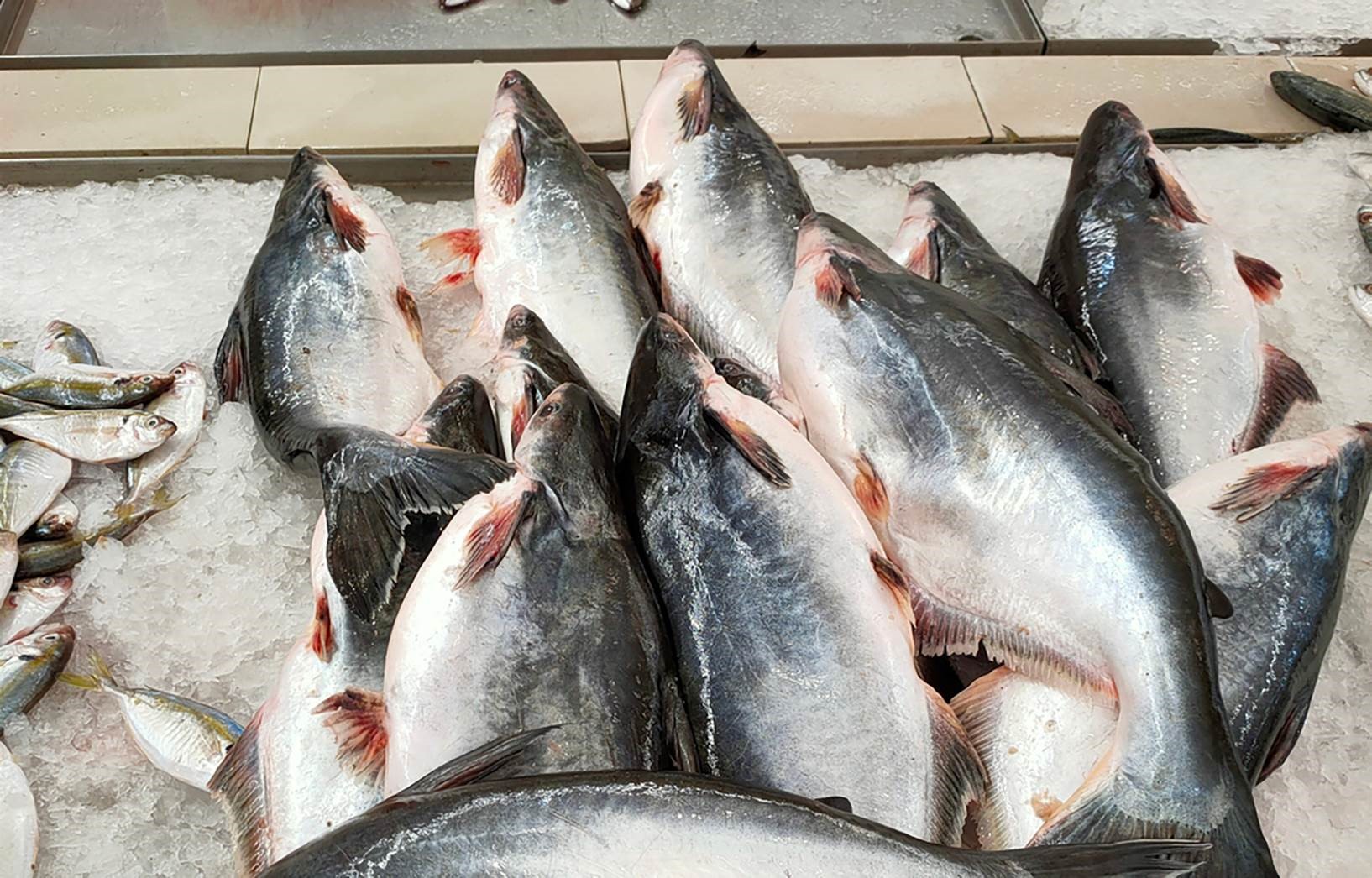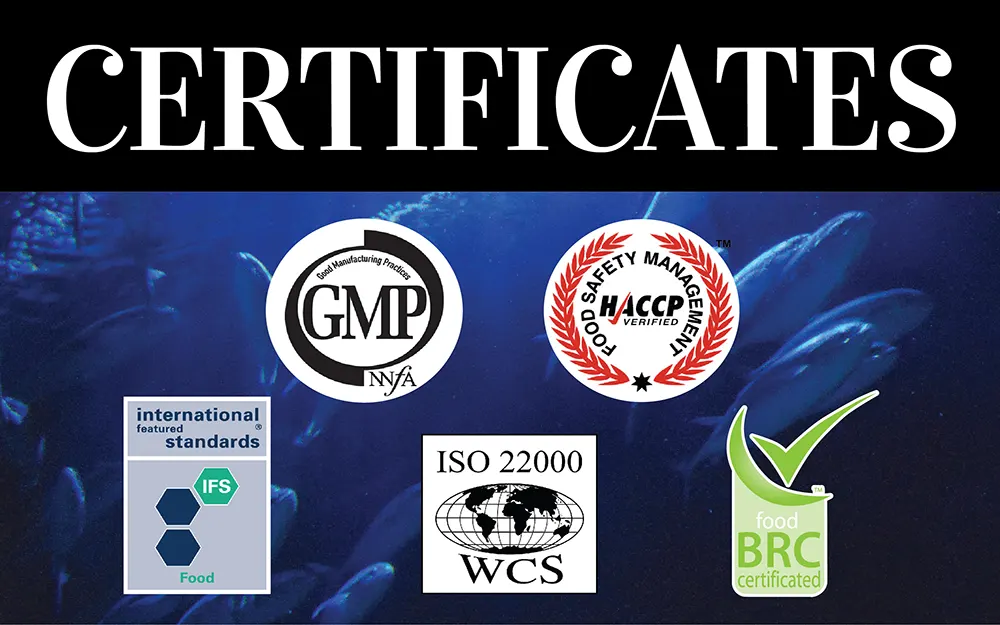
Vietnamese pangasius exporters enjoy January boon, but full-year outlook is murky: SeafoodSource
“It remains to be seen whether this strength continues into the spring. Time will tell.”
 Toan Dao: SeafoodSourceNews
Toan Dao: SeafoodSourceNews
Vietnamese pangasius exports skyrocketed in the first month of 2024, but analysts remain skeptical whether that momentum can last through the remainder of the year.
In January 2024, the country shipped pangasius worth USD 165 million (EUR 150.9 million) to global markets, almost doubling the value it shipped overseas during the same month of 2023. Frozen fillets accounted for USD 131 million (EUR 119.8 million) of that total.
Vietnam’s January pangasius exports to China, including Hong Kong, were worth USD 52 million (EUR 47.6 million) – nearly four times higher year over year. U.S. buyers purchased USD 18 million (EUR 16.5 million) of pangasius from Vietnam in January, up 83 percent year over, and the European Union racked up USD 13 million (EUR 11.9 million) in purchases in January, up 20 percent, according to the Vietnam Association of Seafood Exporters and Producers (VASEP).
Vietnam’s largest pangasius exporter, Vinh Hoan Seafood, alone reported VND 921 billion (USD 37.7 million, EUR 34.4 million) in January sales, more than doubling its export total from January 2023. It was the company’s best result in eight months.
Vietnamese pangasius producers have benefitted from surging farmgate prices. Rates rose gradually to between VND 28,000 and VND 29,000 (USD 1.14 and USD 1.18, EUR 1.04 and EUR 1.08) per kilogram by the end of February, up from around VND 25,000 (USD 1.02, EUR 0.93) per kilogram in December 2023, according to VASEP data.
However, demand has not increased significantly, and disease and adverse weather have contributed to higher portality rates. A significant number of fingerlings have perished in farms across the country, primarily due to the adverse effects of climate change and severe impacts from El Niño, dropping the country’s survival-to-harvest rate to 30 percent. Due to resulting higher costs, there has been an uptick in price, Siam Canadian Vietnam Sales Manager Le Thuy Trang told SeafoodSource.
Though it was a solid start to the year for Vietnamese pangasius exporters, VASEP reported a slowdown in February. China imported high amounts of pangasius in January in the leadup to its Lunar New Year Holiday, which took place from 10 to 17 February, but that demand has not continued. Similarly, E.U. demand has also cooled.
“The U.S. market is busier [than other major markets] right now, but it is not enough to influence prices. We don’t see any significant signal [in demand] from China and the E.U.,” Trang said.
A senior executive from a U.S. importer said there has been a noticeable firmness in the U.S. market in recent weeks, possibly due to the U.S. ban on Russian pollock and a few seasonal events.
“From our perspective, prices have been strengthening recently as seafood in general comes off [last year’s] lows,” the executive said on 7 March. “It remains to be seen whether this strength continues into the spring, and no shortage of unusual factors makes forecasting a bit tricky. Time will tell.”
Exporters are specifically keeping an eye on continued tensions in the Red Sea, which caused shipping costs from Vietnam to the U.S. and Europe to more than double month over month in January 2024.
SSI Research, the research unit of securities firm SSI Securities Corporation, expects exporters may face higher selling costs or lower selling prices in the first quarter of 2024 until volatility caused by Houthi attacks on shipping in the Red Sea abates.
Farmgate prices in the Mekong Delta remained steady during the first week of March at around VND 28,000 to VND 28,500 (USD 1.14 to USD 1.16, EUR 1.04 to EUR 1.06) per kilogram.



